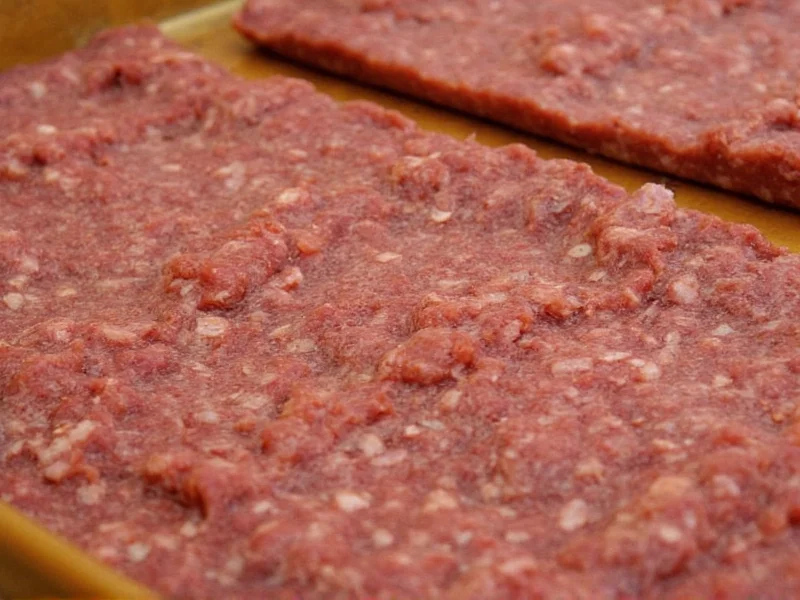A 2-layered edible drying sausage represents a sophisticated advancement in traditional charcuterie techniques, combining food science with artisanal craftsmanship. Unlike conventional dried sausages that require peeling off inedible casings, this specialized product maintains complete edibility throughout the drying process while achieving optimal texture and flavor development. The dual-layer structure addresses common challenges in sausage drying, including inconsistent moisture loss, surface hardening, and microbial safety concerns.
Understanding the Dual-Layer Structure
The distinctive feature of 2-layered edible drying sausages lies in their engineered construction. The inner layer consists of the traditional meat mixture—typically pork, beef, or a combination—with seasonings, curing agents, and starter cultures for fermentation. This inner core develops the characteristic tangy flavor profile through lactic acid production during the drying process.
The outer layer, however, represents the technological innovation. Rather than using traditional non-edible casings like collagen or fibrous materials, this layer consists of an edible membrane specifically formulated to regulate moisture exchange. This membrane contains hydrocolloids and other food-grade polymers that create a semi-permeable barrier, allowing controlled water vapor transmission while preventing excessive drying of the sausage surface.
Production Process of Layered Drying Sausages
Manufacturing 2-layered edible drying sausages requires precise control at multiple stages:
- Meat preparation: Selection and grinding of high-quality meat with proper fat content (typically 25-30%)
- Inner layer formulation: Mixing meat with salt, curing agents, spices, and starter cultures
- Outer layer development: Creating the edible membrane solution with precise viscosity and permeability characteristics
- Layering process: Applying the outer layer solution to form a uniform coating around the inner meat mixture
- Drying protocol: Following specific temperature, humidity, and airflow parameters throughout the drying cycle
The layering process represents the most technically challenging aspect, requiring specialized equipment to ensure consistent application of the outer membrane. Traditional sausage stuffers cannot achieve the precise dual-layer structure needed for optimal drying performance.
| Parameter | Traditional Drying Sausage | 2-Layered Edible Drying Sausage |
|---|---|---|
| Casing Type | Non-edible (collagen, fibrous) | Edible engineered membrane |
| Moisture Control | Passive, often inconsistent | Active regulation through membrane |
| Surface Texture | Often hard or wrinkled | Consistently smooth and pliable |
| Preparation for Consumption | Casing removal required | Ready to eat without preparation |
| Drying Time | 3-8 weeks depending on diameter | 2-6 weeks with more consistent results |
Technical Advantages of the Dual-Layer Design
The two-layer construction provides several significant advantages over traditional drying sausage methods. The edible outer membrane functions as a moisture management system, preventing the common problem of case hardening where the exterior dries too quickly while the interior remains too moist. This controlled drying process reduces the risk of both surface mold growth and internal spoilage.
From a food safety perspective, the engineered outer layer creates a more consistent environment for the critical drying phase where pathogens could potentially survive if conditions aren't optimal. The membrane helps maintain the proper water activity gradient throughout the product, ensuring that drying occurs at a rate that supports safety while developing desirable flavor compounds.
Culinary Applications and Usage
Chefs and home cooks appreciate 2-layered edible drying sausages for their convenience and consistent quality. Since no casing removal is necessary, these products offer streamlined preparation for:
- Charcuterie boards where visual presentation matters
- Thinly sliced applications in sandwiches and wraps
- Cooking applications where the entire product can be incorporated
- Ready-to-eat snack situations
The consistent texture throughout the product—without the tough exterior sometimes found in traditionally dried sausages—makes 2-layered varieties particularly suitable for applications requiring uniform slicing or incorporation into other dishes. Professional kitchens value these sausages for their predictable behavior during service and reduced preparation time.
Storage and Handling Considerations
Proper storage remains critical for 2-layered edible drying sausages despite their advanced construction. These products should be kept refrigerated (below 40°F/4°C) when not being served, ideally in their original packaging or wrapped in butcher paper. Exposure to air can cause the outer membrane to dry excessively, compromising the product's texture.
Unlike fresh sausages, properly dried 2-layered products have extended shelf life—typically 3-6 months refrigerated—but should be consumed within 2-3 weeks after opening. Freezing is generally not recommended as it can disrupt the delicate moisture balance achieved during the drying process.
Common Misconceptions Clarified
Several misunderstandings surround 2-layered edible drying sausages. First, they're not simply sausages with edible casings—the outer layer serves specific functional purposes beyond containment. Second, they don't eliminate the need for proper drying protocols; the dual-layer design enhances but doesn't replace fundamental food safety practices.
Another misconception is that these products are entirely modern inventions. While the engineered membrane technology represents contemporary food science, the concept of layered protection during drying has historical precedents in traditional charcuterie methods using natural coatings and multiple casing types.











 浙公网安备
33010002000092号
浙公网安备
33010002000092号 浙B2-20120091-4
浙B2-20120091-4